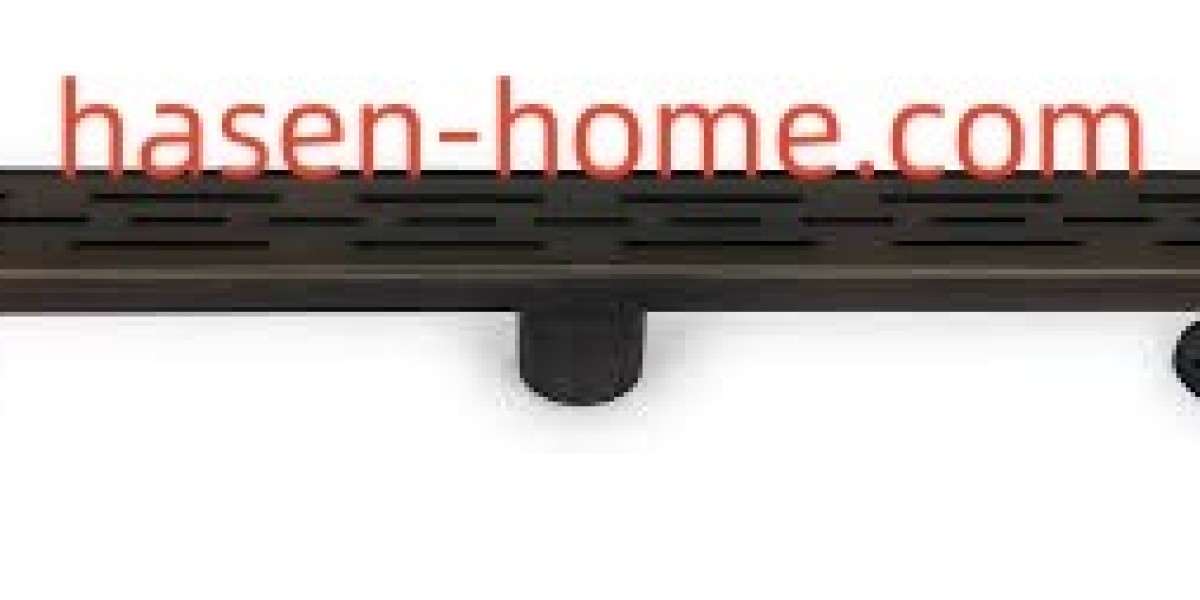As electronic devices continue to shrink while demanding higher performance, High Density Interconnect (HDI) PCBs Market Growth have emerged as a transformative technology in the world of printed circuit boards. From smartphones and tablets to aerospace systems and advanced medical devices, HDI PCBs enable miniaturization, faster signal transmission, and higher reliability.
With the rapid advancement of IoT, 5G, AI, and wearables, the demand for compact, lightweight, and high-performance electronics is surging—and HDI technology is at the core of meeting this demand.
What Is an HDI PCB?
A High Density Interconnect PCB is a circuit board that features a higher wiring density per unit area compared to traditional PCBs. This is achieved through:
Smaller vias (microvias, blind/buried vias),
Finer trace widths and spacing,
Thinner dielectric layers, and
Multiple sequential lamination layers.
These design enhancements allow more interconnections in a smaller footprint, making HDI ideal for space-constrained, high-speed, and high-frequency applications.
Key Features of HDI PCBs
Microvias: Extremely small vias (typically <150 microns) used to connect layers.
Blind and Buried Vias: Connect different layers without going through the entire board.
Laser Drilling Technology: Enables precise via creation for fine-feature boards.
Sequential Lamination: Multiple build-up layers for complex routing in tight spaces.
High Signal Integrity: Reduced crosstalk, impedance, and signal loss.
Benefits of HDI PCBs
Miniaturization
HDI boards allow for smaller and thinner devices by accommodating more components in less space.High-Speed Performance
Shorter signal paths and controlled impedance improve signal integrity and transmission speed, critical for 5G and high-frequency designs.Lightweight and Reliable
Fewer layers, reduced weight, and enhanced structural integrity make HDI ideal for aerospace, defense, and portable electronics.Improved Electrical Performance
Decreased parasitic capacitance and inductance lead to better power distribution and reduced noise.Increased Component Density
Supports fine-pitch BGAs, QFNs, and CSPs, allowing more complex designs in smaller form factors.
Applications of HDI PCBs
1. Consumer Electronics
Smartphones, tablets, laptops, wearables
Enables sleek form factors and long battery life
2. Automotive Electronics
Advanced Driver-Assistance Systems (ADAS), infotainment, and EV battery management
High-reliability HDI PCBs endure heat and vibration
3. Medical Devices
Pacemakers, imaging equipment, diagnostic tools
Miniature form factor with high-performance circuitry
4. Aerospace and Defense
Satellite systems, avionics, military communication devices
HDI boards provide high-reliability, lightweight solutions
5. Industrial and IoT
Robotics, sensors, automation controls
Compact and rugged boards for embedded control units
6. Networking and Telecommunications
Routers, switches, servers, 5G modules
Handles high data throughput and low latency
HDI Stackup Types
HDI PCBs can be built in various stackup configurations:
1+N+1: One HDI layer on each side of a core
2+N+2, 3+N+3: More complex builds for higher layer counts
Every Layer Interconnect (ELIC): Allows any layer to connect to any other layer using stacked vias
As layer count increases, so does the design complexity and cost—but also the performance capability.
Manufacturing Challenges
High Cost and Complex Fabrication: Precision laser drilling and multilayer lamination raise manufacturing complexity.
Design Constraints: Requires advanced design tools and tight tolerance control.
Material Selection: High-Tg, low-loss materials are necessary for HDI performance.
Yield and Inspection: Smaller features require advanced testing and inspection methods.
Market Growth Outlook
The HDI PCB Market Growth is projected to grow significantly, driven by:
5G and AI deployment
Increasing adoption of miniaturized wearables and IoT devices
Rising demand for ADAS and infotainment in electric vehicles
Growth of data centers and high-speed computing
Asia-Pacific, particularly China, Taiwan, South Korea, and Japan, dominates the global HDI production landscape.
Future Trends
Integration with Flexible PCBs: For foldable phones, smart textiles, and medical implants.
Embedded Components: Directly placing passive/active components inside the PCB layers.
Advanced Material Development: Low Dk/Df laminates for high-frequency performance.
Automation and AI in PCB Design: Faster prototyping and more optimized layouts.
Conclusion
High Density Interconnect PCBs are catalysts for modern innovation, enabling smarter, smaller, and faster devices across all industries. As the need for miniaturization and high-speed communication accelerates, HDI technology will remain critical to advancing electronics—from handheld devices to space exploration systems.
Investing in HDI design and manufacturing is no longer optional—it's essential for staying competitive in the next era of intelligent connectivity.
Read More
| Waveguide Market Growth |
| Burglar Alarm Market Growth |
| Sticker Printer Market Growth |
| Industrial Communication Market Growth |
| AC DC Power Supply Adapter Market Growth |
| UV Air Purifiers Market Growth |



